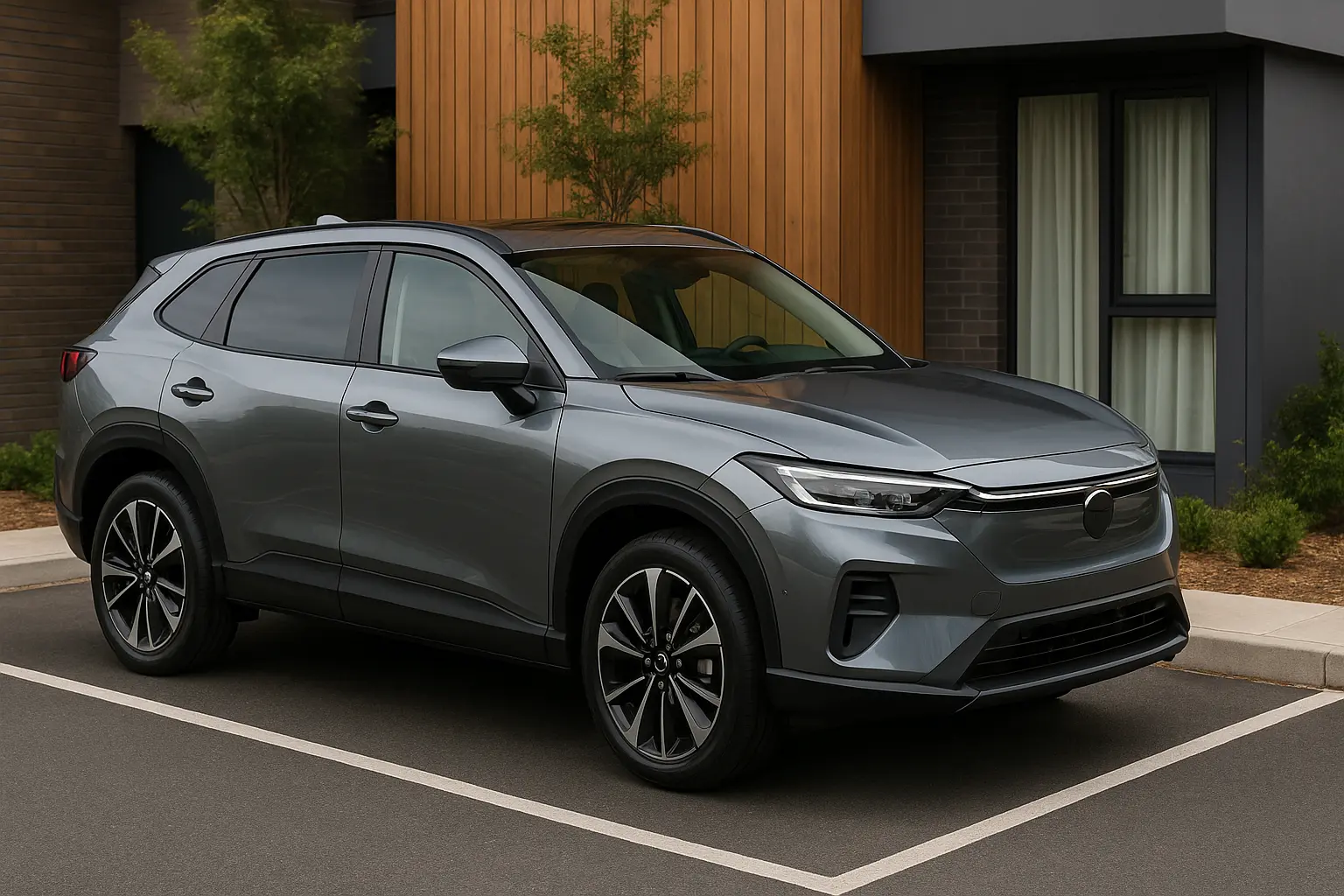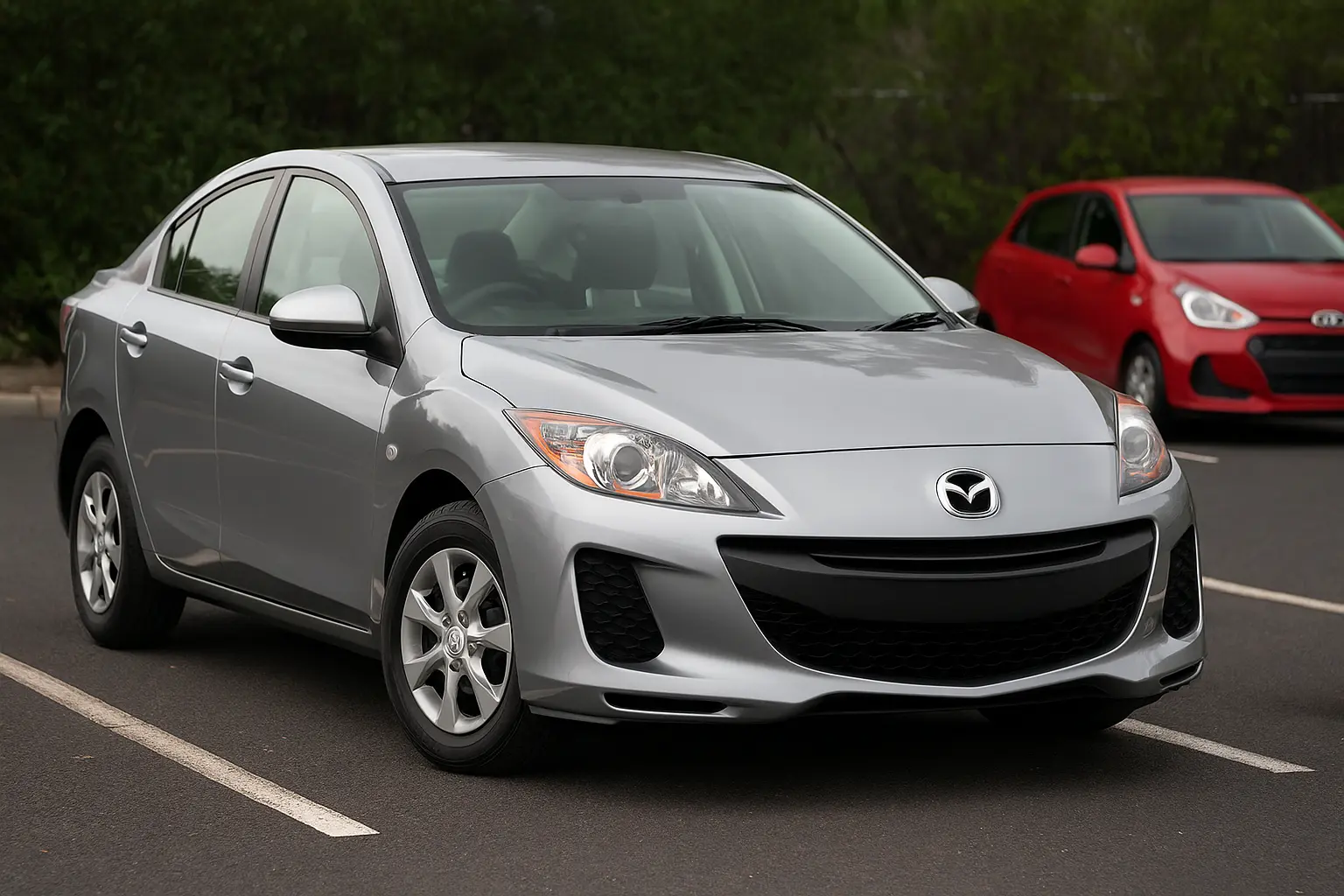Car subscriptions were once seen as a niche service in Australia, appealing mostly to tech-savvy city drivers who valued convenience over ownership. Fast-forward to 2025, and the landscape has shifted dramatically. Prices are falling, inclusions are improving, and more Australians are asking the big question: Is now the right time to ditch ownership and subscribe instead?
In this in-depth guide, we’ll break down:
- What’s driving the drop in car subscription costs
- The pros and cons compared to buying or leasing
- The key players in Australia’s subscription market
- Whether a subscription suits your lifestyle and budget
- Predictions for the next five years

1. The Evolution of Car Subscriptions in Australia
Car subscription services launched in Australia in the late 2010s, led by companies like Carbar, Carly, and HelloCars. The concept was simple:
- Pay a monthly fee
- Get access to a vehicle
- Insurance, registration, and maintenance are included
At first, the price was the biggest barrier. Many early plans cost $1,200–$2,000 a month, which made them more expensive than leasing or financing for most drivers. By 2023, prices began to ease slightly, but it wasn’t until late 2024 and early 2025 that the real drop began.
2. Why Subscription Prices Are Dropping in 2025
Several factors are working together to drive subscription costs down this year:
2.1 Increased Competition
More providers are entering the market. Traditional dealerships like Toyota, Volvo, and Hyundai now offer in-house subscription programs, forcing independent platforms to lower their rates to stay competitive.
2.2 Fleet Expansion and Lower Depreciation Risk
Subscription companies have grown their fleets and negotiated better bulk purchase prices with manufacturers. With more stock, they can spread depreciation costs over a larger customer base.
2.3 EV Market Saturation
Electric vehicle (EV) subscriptions are getting cheaper due to increased EV availability, government incentives, and slower-than-expected resale value drops.
2.4 Operational Efficiency
Technology-driven fleet management allows companies to track usage, predict maintenance, and reduce downtime. These savings are passed on to customers.
2.5 Economic Conditions and Consumer Demand
Rising living costs are pushing people toward flexible ownership. Subscription companies are lowering entry prices to capture this cost-conscious segment.
3. Current Pricing Trends – What You Can Expect to Pay in 2025
Here’s a snapshot of current subscription pricing in Australia:
| Vehicle Type | Monthly Cost Range (2025) | Inclusions |
|---|---|---|
| Budget Hatchbacks | $450 – $700 | Insurance, rego, servicing, roadside assist |
| Small SUVs | $600 – $850 | As above, often with newer models |
| Family Sedans | $750 – $1,100 | Extra km packages available |
| EVs & Hybrids | $650 – $1,200 | Charging credits (some plans) |
| Performance/Luxury | $1,200 – $2,500+ | Premium servicing, priority vehicle swaps |
Trend: The entry-level point for many cars has fallen by 20–30% compared to early 2024.
4. What’s Included in a Car Subscription?
Most plans bundle the following into the monthly fee:
- Comprehensive Insurance – No separate premium to pay
- Registration – Fully covered
- Servicing and Maintenance – Scheduled and unscheduled
- Roadside Assistance – 24/7 coverage
- Vehicle Swap Options – Upgrade or change cars with notice
Some providers now include extras like fuel discounts, charging credits for EVs, and even short-term holiday car swaps.
5. Pros and Cons – Subscription vs Buying vs Leasing
5.1 The Pros of Car Subscriptions
- Flexibility – Cancel or swap cars with short notice
- No Large Upfront Costs – Avoid big deposits or balloon payments
- Predictable Expenses – One monthly fee covers nearly all running costs
- Access to Newer Models – Drive the latest cars without long-term commitment
- Perfect for Short-Term Needs – Great for expats, business travellers, or test-driving a lifestyle change
5.2 The Cons
- Higher Monthly Fee Than a Loan Over Time – Not ideal for those who keep cars for years
- Kilometre Limits – Excess usage fees can be steep
- Limited Model Choice in Lower Price Tiers
- No Asset Ownership – You’ll never build equity in a vehicle
6. Who Should Consider a Car Subscription in 2025?
Subscriptions make the most sense if you:
- Live in a city or metro area where providers operate
- Prefer driving new cars without long-term ownership
- Need flexible mobility due to work or lifestyle changes
- Don’t want the hassle of selling or trading in cars
- Are an EV-curious driver who wants to try electric without committing
7. The Top Car Subscription Providers in Australia (2025)
- Carbar – Wide range of vehicles, flexible swaps, and competitive EV deals
- Carly – Strong focus on affordability and no lock-in contracts
- Kinto by Toyota – Great for those wanting Toyota or Lexus models
- Volvo Subscription – Premium EV and hybrid focus
- HelloCars – Transparent pricing and customer-friendly policies
8. Is It Worth It Now?
If you were put off by car subscription pricing in the past, 2025 is a very different market. Entry-level pricing now competes with traditional finance for many drivers — especially when you factor in inclusions like insurance and servicing.
However, subscriptions are not a blanket solution. For high-mileage drivers or those happy with older used cars, buying may still be cheaper over the long term.
9. Expert Tips for Getting the Best Subscription Deal
- Compare Providers Carefully – Pricing, km limits, and swap rules vary
- Watch for Promotions – Many run seasonal discounts or free swap offers
- Know Your Mileage – Avoid excess fees by choosing the right km package
- Read the Fine Print – Understand notice periods, damage policies, and cancellation fees
10. The Future of Car Subscriptions in Australia
Industry analysts predict:
- Prices will stabilise at more competitive levels
- EV subscriptions will grow as infrastructure expands
- Regional access will improve, making subscriptions viable beyond capital cities
- More automakers will join in, offering brand-specific programs
Final Verdict
Car subscriptions in 2025 have finally become a realistic alternative to ownership for many Australians. If you value convenience, flexibility, and driving new cars without the long-term baggage, this could be your year to make the switch.
For a deeper look at flexible car ownership trends and current market options, check out our full guide on car subscription price drops in 2025.
Leave a comment
Your email address will not be published. Required fields are marked *




















